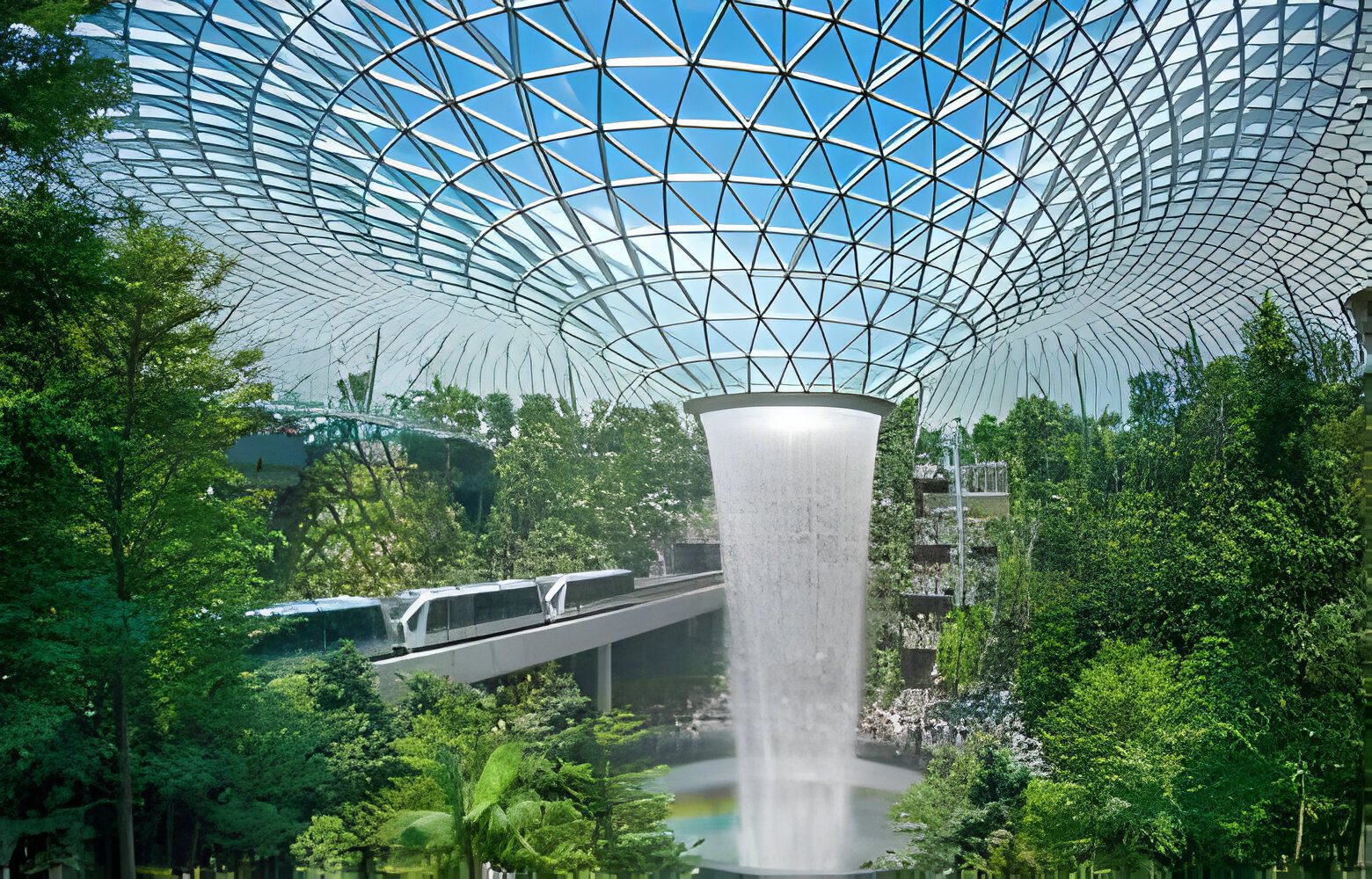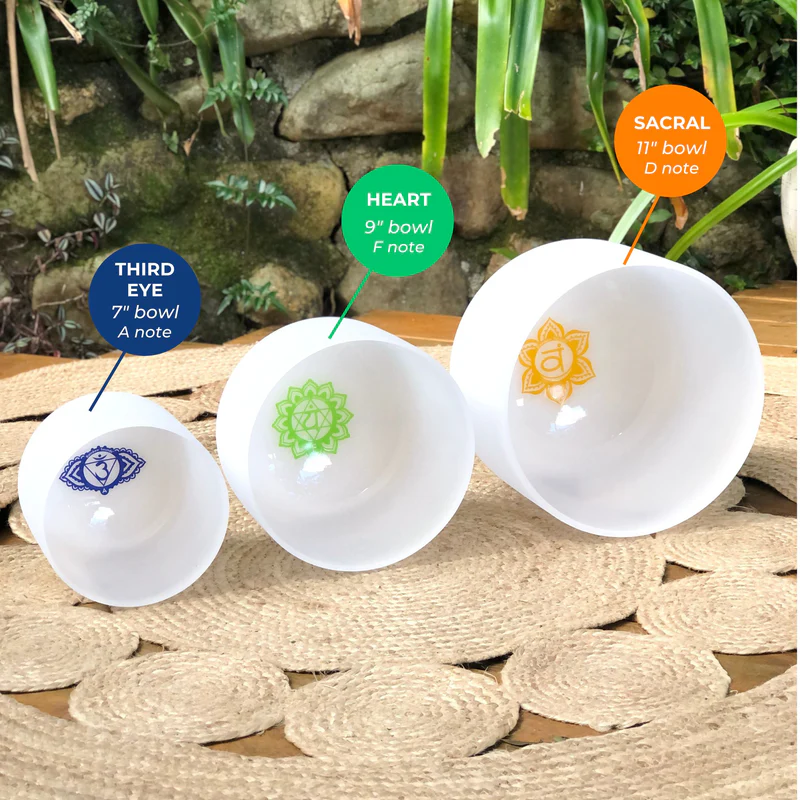In today’s world, there is much fascination and interest surrounding the topic of structured water. But what exactly is structured water, and why is it gaining so much attention? This article aims to delve into the science behind structured water, exploring its properties, potential benefits, and how it differs from regular water. By understanding the intricacies of structured water, we can gain a deeper appreciation for its role in our everyday lives.
Structured water, also known as hexagonal water, is water whose molecules are arranged in a specific, hexagonal form. Composed of six water molecules, this configuration facilitates optimal hydration, nutrient absorption, and waste removal at the cellular level in the human body. The structure mimics the cellular system allowing easy passage through cell membranes, ensuring better hydration and nutrient transportation. Furthermore, structured water retains its intrinsic purity and vitality, resisting bacterial and fungal proliferation.
The beneficial implications of structured water on health are extensive. It promotes better digestion and nutrient absorption, enhances cellular communication for optimized body functioning, and its antioxidant properties help to neutralize harmful free radicals. Additionally, it contributes to improved energy levels, supports the immune system, and aids in detoxification. The following table summarises some of the health benefits related to structured water:
| Benefit | Description |
|---|---|
| Better Digestion | Efficient break down and assimilation of nutrients |
| Enhanced Cellular Communication | Helps in transmitting signals across cells more accurately |
| Antioxidant Properties | Neutralizes free radicals, thus reducing oxidative stress |
Many scientific studies support the efficacy of structured water, proving that its unique molecular configuration offers significant health advantages. They confirm that structured water significantly enhances hydration at the cellular level compared to regular water.
Accessing structured water in daily life isn’t as daunting as it may seem. Various methods exist, like using natural spring water, vortexing water, or using certain kinds of ceramic beads to restructure water. Also, numerous commercial devices are available in the market claiming to restructure tap water to mimic the properties of naturally structured water.
Q&A
Q: What is structured water?
A: Structured water is water that has been organized in a specific way, often with a hexagonal structure, through various methods such as vortexing, exposure to magnetic fields, or other processes.
Q: What are the potential benefits of structured water?
A: Proponents of structured water claim that it can enhance hydration, improve nutrient absorption, and promote overall well-being by optimizing the way water interacts with biological systems.
Q: How does structured water differ from regular water?
A: Regular water typically lacks a distinct structure and is considered “unstructured,” whereas structured water is said to have a more ordered arrangement of molecules that may offer unique properties.
Q: Is there scientific evidence to support the claims about structured water?
A: While there is growing interest in the study of structured water, the scientific community has yet to reach a consensus on its benefits and mechanisms. More research is needed to fully understand the science behind structured water.
Q: How can one access structured water?
A: Structured water can be obtained through the use of specialized devices, such as vortexing machines or water structuring units, that claim to reorganize the water’s molecular structure. Alternatively, some natural sources, like certain springs, are believed to naturally contain structured water.
Conclusion
In conclusion, the science behind structured water is a fascinating field of study that holds potential benefits for various applications. By understanding the molecular structure and properties of water, we can unlock its full potential and harness its unique properties for improved health, agriculture, and environmental sustainability. As research in this area continues to evolve, we can expect to see even more innovative uses for structured water in the future. Stay tuned for further developments in this exciting field of study.






